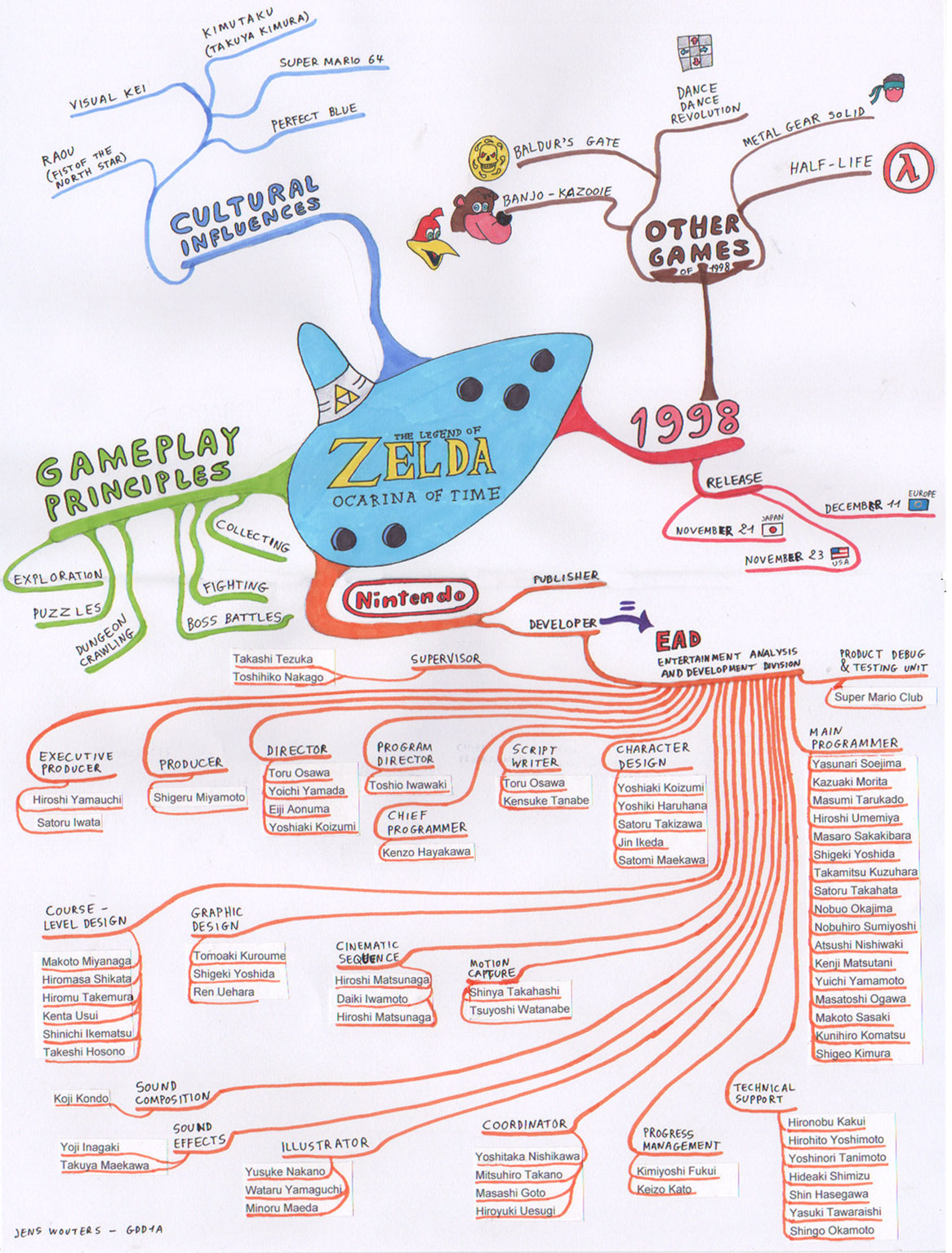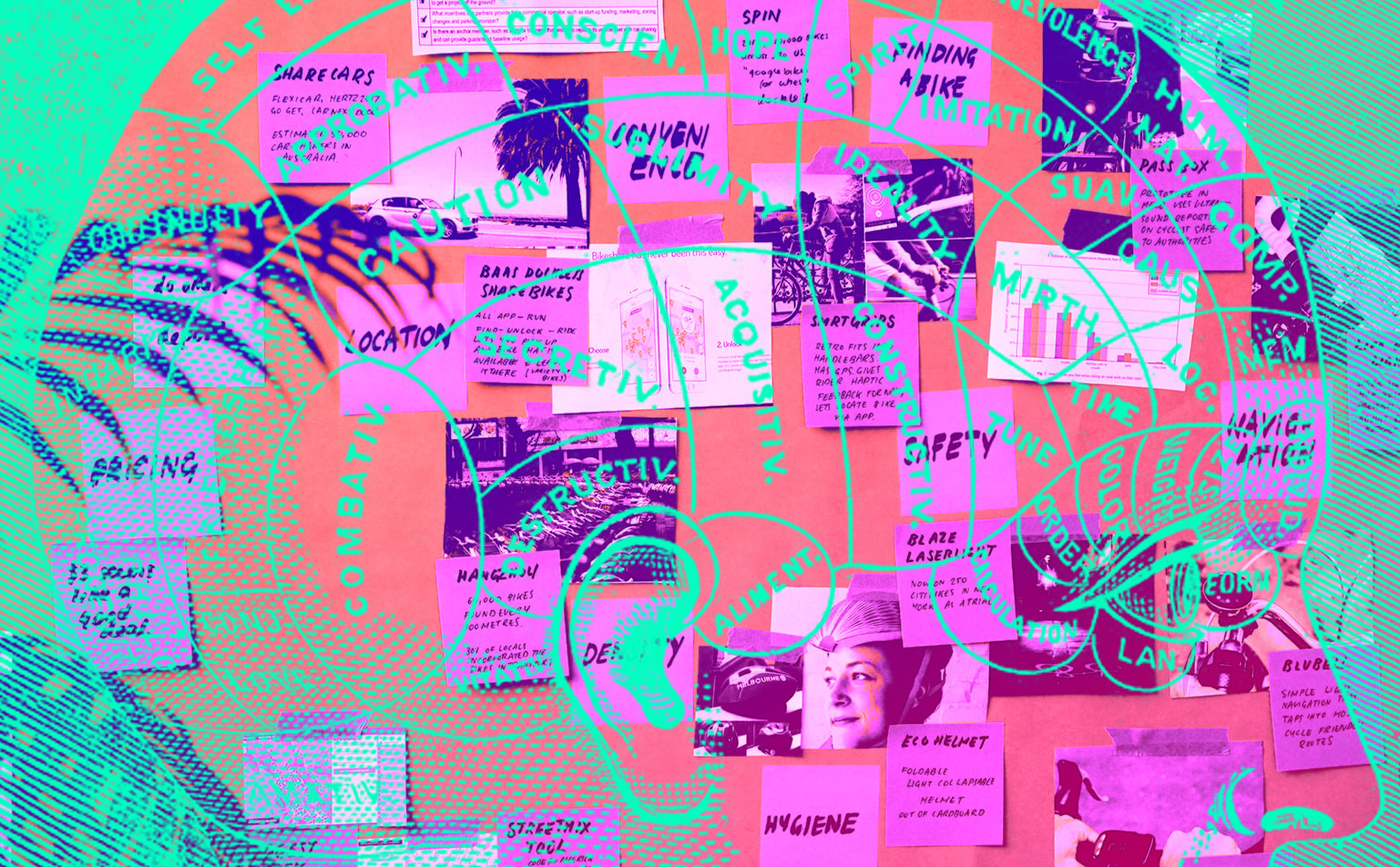What is a mind map? It’s this crazy, detailed 3D image of the various relationships between your neurons and major sections of your brain that computers will soon use to transfer your consciousness to… oh. Sorry. That’s a different kind of mind map. Let’s get this straight…
Taking notes is important. Taking notes is also kind of boring. But hey, I’m not here to judge. If you enjoy taking notes, you do you. That’s cool. For me, it’s mind-numbing, just so incredibly boring. If you feel like I do, maybe you haven’t heard of a more interesting, engaging, and dare I say it, magical way to take notes. Ok, maybe it isn’t literally magical, but it can be a lot more fun! This method is called “Mind Mapping” and some people believe that it’s not only more fun but also a more efficient and better way to take notes. Bonus, right?

So, what is a mind map (in this context)? It’s a visual way to represent what you’re learning from a lecture or reading. Traditional note-taking is sort of judgemental. It’s all about lists, order, what’s more important, etc. So a mind map is kind of like the cool cousin who just does whatever feels good instead of being so obsessed with order. A mind map isn’t concerned with what is first or best, it just wants to show the relationships between concepts. Here’s an example which I’ll explain…

Most mind maps, like the example above, start with some main topic or logical starting point and branch out from it. So say goodbye to fumbling to create categories and subtitles in your notes, not knowing how much space to give things or where to write something. With a mind map, you just draw a line from the main topic to another area of the page and write the subtopic. Then you can add ideas, information, quotes or anything else related to this subtopic around it in the same way. The first branches can then branch out to other branches and things can easily be connected to other things. You’re generally more free to make connections and focus on the lecture with a mind map, not the organization of your page of notes.
Plus, you can have some fun! Make core concepts yellow, or blue, or pink. Put squares around facts and figures and triangles around quotes. Draw little unicorns next to key ideas or skulls next to things you don’t understand yet. Be as creative as you want to be!

Like anything else in life, change requires effort. You may not notice any improvements in your note-taking at first. That makes sense given that you’re learning a whole new method. However, some research has shown improvements in learning retention, creative thinking ability and general note-taking skills when students adopted and mastered the Mind Map method. It can save you a lot of time by using pictures or quickly drawn lines instead of longer sentences or complicated explanations. Then these simpler structures and less imposing notes can be more approachable or useful when you study. The benefits might not be immediate, but many people will experience some if they stick it out.
Why not give mind maps a try? Maybe you won’t like them, but it won’t be hard to go back to what you’re doing now. And hey, whether or not you improve, it’s a more creative and fun way to learn and study. And isn’t that what really matters? Class can be boring. Add some fun to the process, you might learn more. Make a mind map in your next lecture and see what difference it makes to you!

Are you a content creator? We want to connect you with brands you love!
*Opinions expressed are those of the author, and not necessarily those of Student Life Network or their partners.




